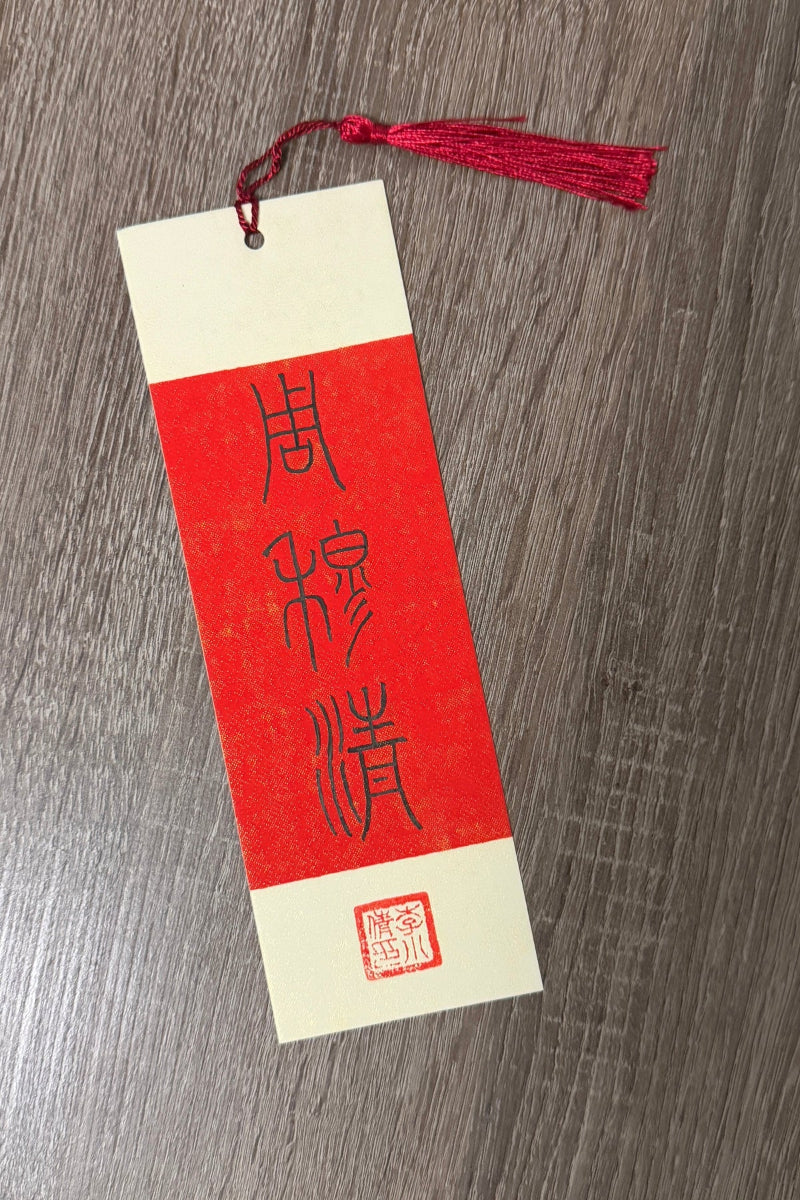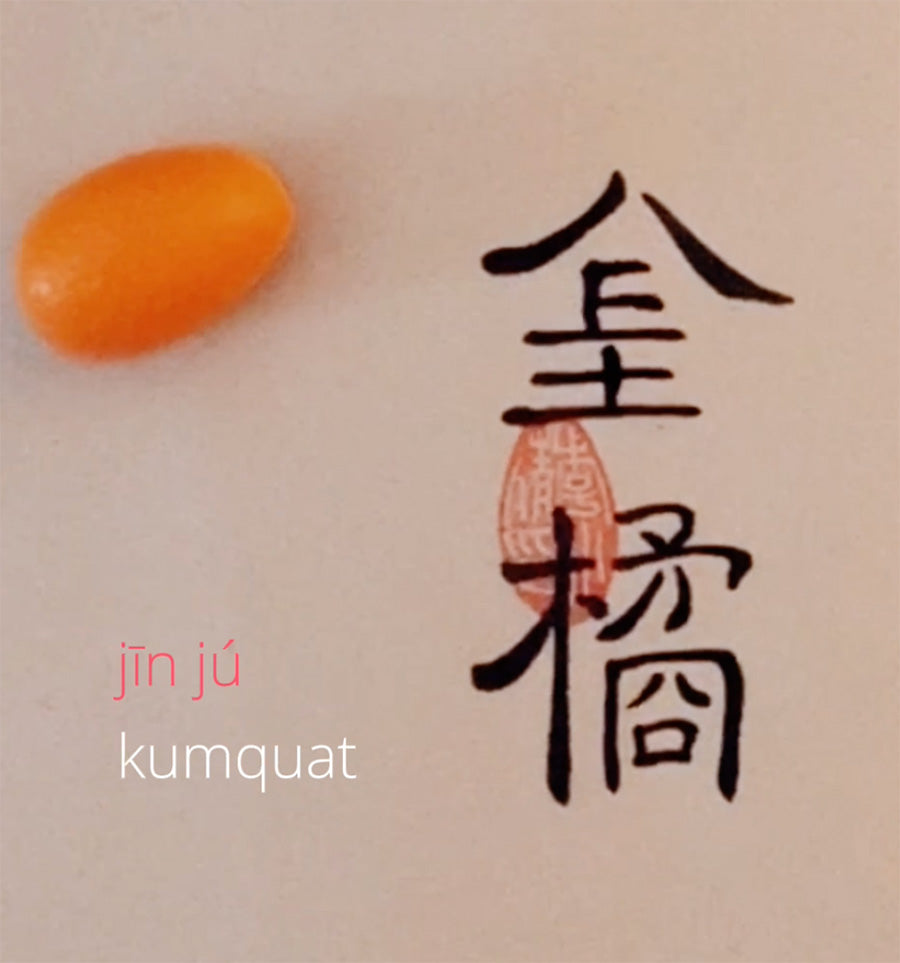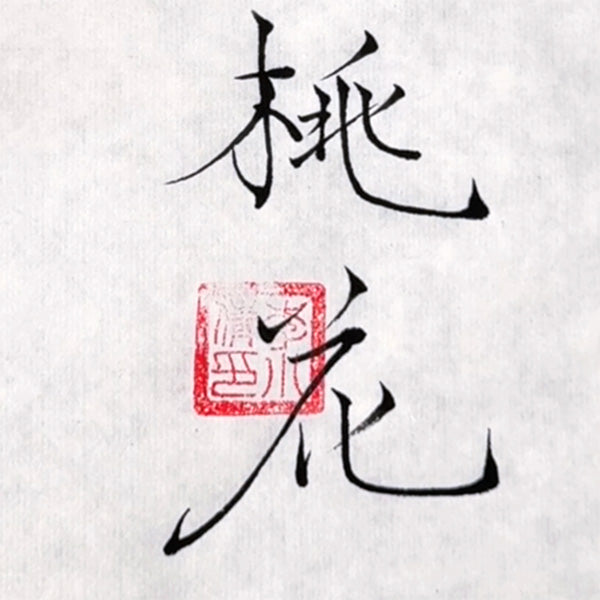Chinese calligraphy is a mirror of the soul and the times. From the rigid and sacred style of seals to the whirlwind of cursive, each style tells a story. If you're looking to begin, start with the regular style, then let yourself be carried away by the fluidity of semi-cursive, until perhaps, one day, you can harness the wind of cursive.
Chinese calligraphy is more than just the art of writing: it's a dance between brush, ink, and soul. From ancient dynasties to modern artists, each stroke reveals a philosophy, an aesthetic, and an emotion. In this article, let's explore the main styles of Chinese calligraphy, each with its own unique character.

Chinese – Zhuànshū
The Seal style
Period: Qin Dynasty (221 – 206 BC)
This ancient style, used primarily for seal engraving, is characterized by its fine, symmetrical, and coiled lines. It is difficult for the modern reader to read, but fascinating in its almost mystical appearance.
Note: There are two forms: the great seal (大篆 dàzhuàn) and the small seal (小篆 xiǎozhuàn), the latter being standardized under Emperor Qin Shi Huang.

Lìshū – Lìshū
The Clerical style
Period: End of the Warring States, popularized under the Han
Flatter and more angular, this style marks a major evolution towards everyday writing. It allowed for time-saving writing while remaining legible.
Special feature: The horizontal lines are often elongated, giving a very particular rhythm.

Japanese – Kǎishū
The Regular style
Period: Wei to Tang Dynasty (3rd to 9th century)
This is the standard style still used for learning calligraphy today. It's clear, structured, and each character is well-formed. Perfect for beginners in calligraphy!
Tip: Learn with models from Wang Xizhi or Yan Zhenqing, essential masters.

Chinese – Xíngshū
The Semi-cursive style
Period: Developed under the Han
Between regular and cursive, this style is fluid yet legible. It is often used in personal letters or poetic works.
Why we love it: It combines grace and legibility. It's the preferred style of many contemporary calligraphers.

Cǎoshū – Cǎoshū
The Cursive style
Period: Beginning of the Han Dynasty
The freest, the most expressive... and the most difficult to read! The characters are simplified, even merged, giving the impression of a swirl of ink.
For the initiated: This style is a true artistic performance. It requires great mastery of the brush and rhythm.




